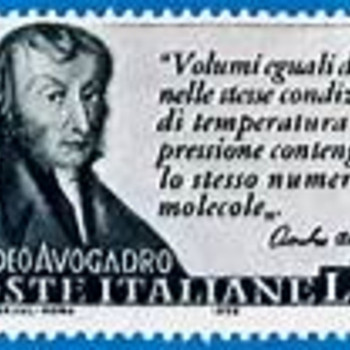How does thiosulfate ion disproportionate to give sulfur and sulfur dioxide?
1 Answer
Well, we gots a formal disproportionation reaction....the protium ion is a reactant not a catalyst....
Explanation:
We got (I think)
So we write the oxidation reaction.
Charge and mass are balanced so this is kosher. And now we write the reduction reaction of
And we add
...or more simply...
...and this is balanced with respect to mass and charge...as required.
I will have to think on the latter question you asked...

